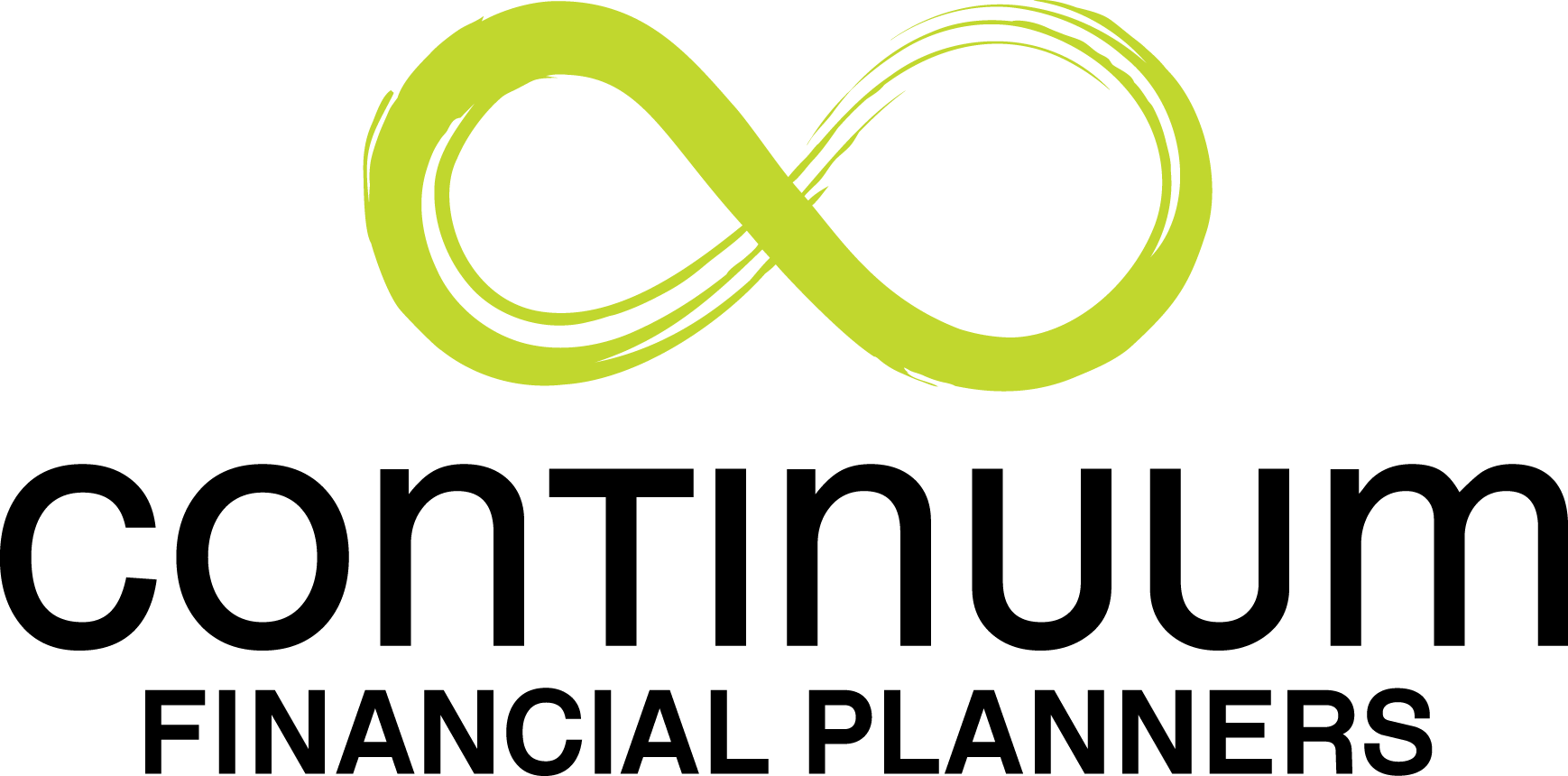Income Protection Insurance (is Salary Continuance Insurance under some Superannuation accounts)
Income Protection Insurance provides financial protection for the insured, against a loss of income whilst they are unable to work due to illness or injury. The policy will provide for the insured to be paid a prescribed benefit after the conditions of disablement have been met and the nominated waiting period has elapsed.
Generally, to qualify for an income protection benefit the insured must be unable to perform at least one of the duties of their occupation, not be working, and be under the care of a doctor.
[Note that over time, insurers vary the definitions that qualify as the eligibility conditions of disablement: you may need to have this reviewed by your financial adviser.]The ‘occupation definition’ in the policy documentation will specify the level of disability that will qualify the insured for benefit: see more on this below.
Who can be insured under Income Protection insurance?
Income protection insurance (IPI) is particularly suited to the following groups of people:
- The self-employed;
- Those who primarily earn commissions on sales;
- Salary earners with limited sick leave provisions.
Others will be eligible to take protective cover under an IPI policy; and where there is debt and/ or financial strategies in place that rely on regular funding, they probably should. A financial planner with experience in personal risk insurance products should be consulted before dismissing the relevance of IPI in your circumstances.
There is a waiting period before Income Protection Insurance benefits are paid:
An insured person, eligible for a claim under their income protection insurance will have to wait for a period between disablement and the commencement of receiving benefits. The waiting period is normally 14, 30, 60, or 90 days. Generally speaking, the shorter the period, the higher the premium. Some IPI policies allow for the waiting period to be interrupted by attempts to return to work.
It is common practice for insurers to pay the benefit amount arising under an IPI policy 30 days after the qualifying waiting period has been met: and then at monthly intervals thereafter during the benefit period. (If you have a 14-day waiting period, you will actually wait 44 days to receive the first benefit amount; or you will wait 90 days to receive the first payment under a 60-day waiting period policy.)
The amount of benefit available under Income Protection Insurance is ‘limited’
Most policies offer a maximum of 75% of the insured’s recent income, payable each month during the continuance of the qualifying disability. The amount may be reduced if the insured receives income from other sources including another income protection policy, social security, or worker’s compensation.
…it may be paid proportionally …
Some policies pay a partial benefit in the event of partial disablement. For example, if a person is able to return to work 50% of the time, they may receive 50% of the benefit. Some policies may pay a death benefit if death occurs within twelve months of the accident. (..and some policies will include both of these benefits.)
…and the benefit period can vary.
The benefit may be paid up to two years, five years, or to age 65 or 70. The longer the benefit payment period, the higher will be the premium.
The occupation definition applicable can affect the eligibility of a claim
The determination as to whether a claim will be paid will be based on whether the policy definition covers the insured for ‘any occupation’ – or limits their income earning incapacity to their ‘own occupation’. Whilst these terms are compatible in some occupations, where a distinction can be drawn, it is important to ensure the correct definition is applicable to the policy you hold:
- Under an ‘own occupation’ definition, the insurer will pay the benefit where the insured is unable to perform one or more key elements of their own occupation;
- Under an ‘any occupation’ policy, the insurer has greater scope to require the insured to undertake employment for which they are reasonably capable through prior training, qualification or experience.
‘Own Occupation’ protection incurs a higher premium cost than ‘any occupation’ cover.
Other features
The insurer may reimburse the insured for emergency transport costs incurred outside of Australia.
If the policy has been in place for more than six months, and the insured is involuntarily unemployed, the insurer may waive the premiums for the duration of the unemployment. The insurer may waive the premiums for a combined period of up to twelve months.
Some insurers will allow the maximum benefit level to be increased by 10% to 85%.
If the insured has a recurring disability, the insurer may waive the second waiting period if it occurs within six months of the first benefit period. That is, the second benefit period may be regarded as a continuation of the first benefit period.
Most insurers will guarantee to renew a policy each year without further medical evidence until the policy expires. However, the premiums are still likely to increase.
As you might expect, the more favourable the benefits sought to be covered under your IPI policy, the higher the premium cost is likely to be.
Tax treatment
The proceeds of income protection policies are assessable at the client’s marginal rate of tax. Premiums are fully deductible.
It’s time to act…
Continuum Financial Planners recommend using income protection insurance as a wealth protection measure in their financial plans: it provides regular income stream to support the cash flow needs of the insured (and their dependants) – but must be initiated whilst a person is gainfully employed. Our service includes conduct of annual reviews of insurance policies to ensure adequacy and relevance for the owners: contact us to meet one of our financial advisers.
[We acknowledge the substantive input to this article from the Deutsche Bank Desk Caddie article – which we have modified to meet additional needs for the purposes of this website. Originally posted by us in August 2011, it is regularly reviewed and updated: most recently in August 2016.]


